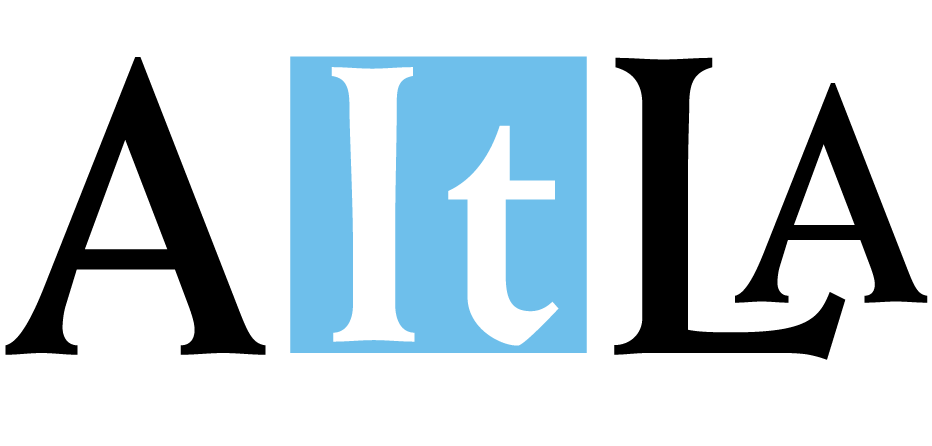
New Approaches to Bi-/Multilingualism and Language Learning/Teaching (BiMuLT)
Nicosia, Cyprus
20-Nov-2021 - 21-Nov-2021
Call Deadline: 15-Jul-2021
Multilingual environments have attracted the interest of those working on language acquisition (Rothman et al., 2019; Schmid and Kopke, 2019), variation and learning (Martin-Jones et al., 2015; Singleton and Aronin, 2019) as well as multiliteracy, home language development, education and language policy (Wright et al., 2017; Montanari and Quay, 2019; Schalley and Eisenchlas, 2020; Breuer et al., 2021). Some of the common questions raised in this research are related to the issues in understanding the nature and processes of bilingualism/multilingualism, the exposure and influence on a particular population by a dominant language, the age of exposure to input from the dominant language, the grammar properties affected by it, and the overall competence of the bilingual/multilingual speaker (Deluca et al., 2019, Lohndal et al., 2019). Heritage language acquisition as another bilingual/multilingual context raises the question of the input conditions during acquisition (Montrul, 2016; Polinsky, 2018; Domínguez et al., 2019). Scientific considerations on these issues rely on a variety of methodologies in the study of acquisition and the application of these theories in teaching. Data from multilingual speakers are also important since they involve grammars that often interact in interesting ways that a theory of possible mental grammars needs to incorporate. These mental grammars identify the linguistic properties that characterize multilingual speakers in societies within a broader concept of ‘comparative lingualities’ (Grohmann and Kambanaros, 2016) focusing on their recognition and study for the advancement of linguistic theory.
We welcome abstract submissions on any of the following questions or related topics:
- What are new approaches to the study of bilingualism and multilingualism?
- What are some diagnostics to differentiate different multilingual environments (sequential/simultaneous bilingualism, heritage speakers, second/third language learners)?
- What are common grammar properties across bilingual/multilingual speakers? What variables condition interaction between/among languages?
- How do heritage languages differ or look similar to other contexts of multilingualism? What conditions these grammars?
- What is the role of input in language acquisition (first, second and third) and heritage language acquisition?
- What are the research methods that best apply in multilingual environments and language learning and teaching?
- What are the factors (e.g. social, affective) that affect home language maintenance and development at micro, meso and macro levels?
- What is the link between multilingualism, multiliteracy and multimodality? How do language policies or identity interact with multilingual societies and language learning?
